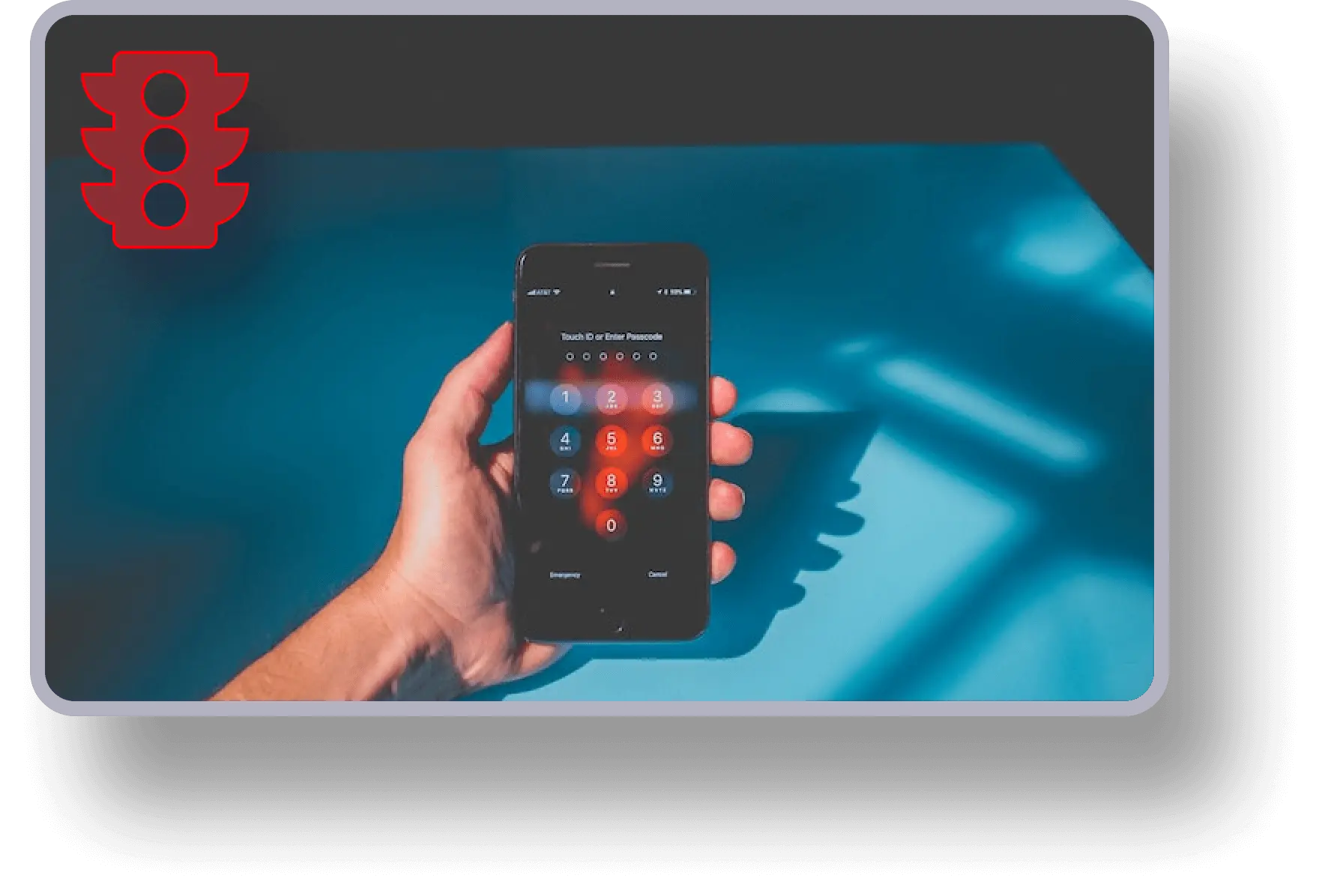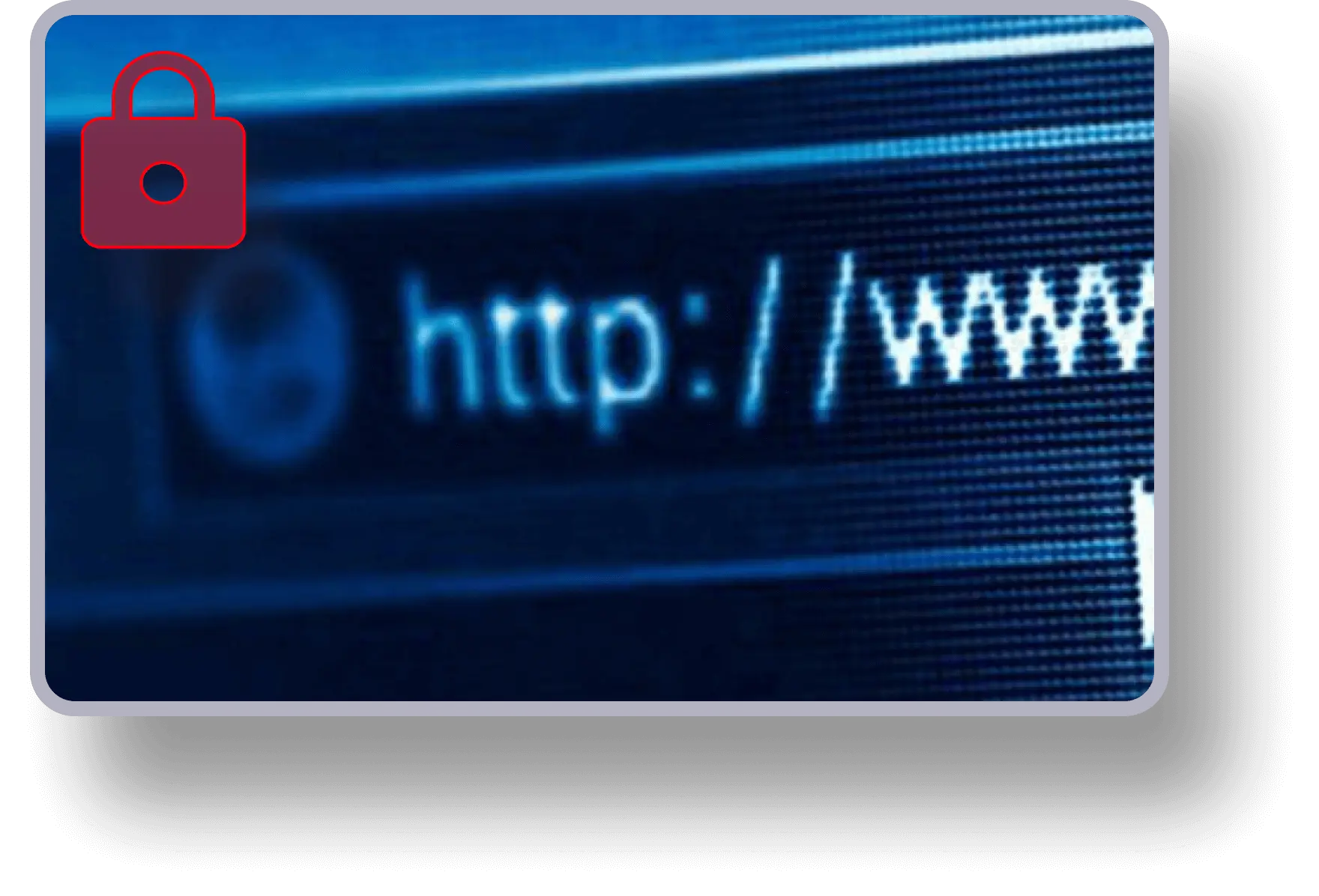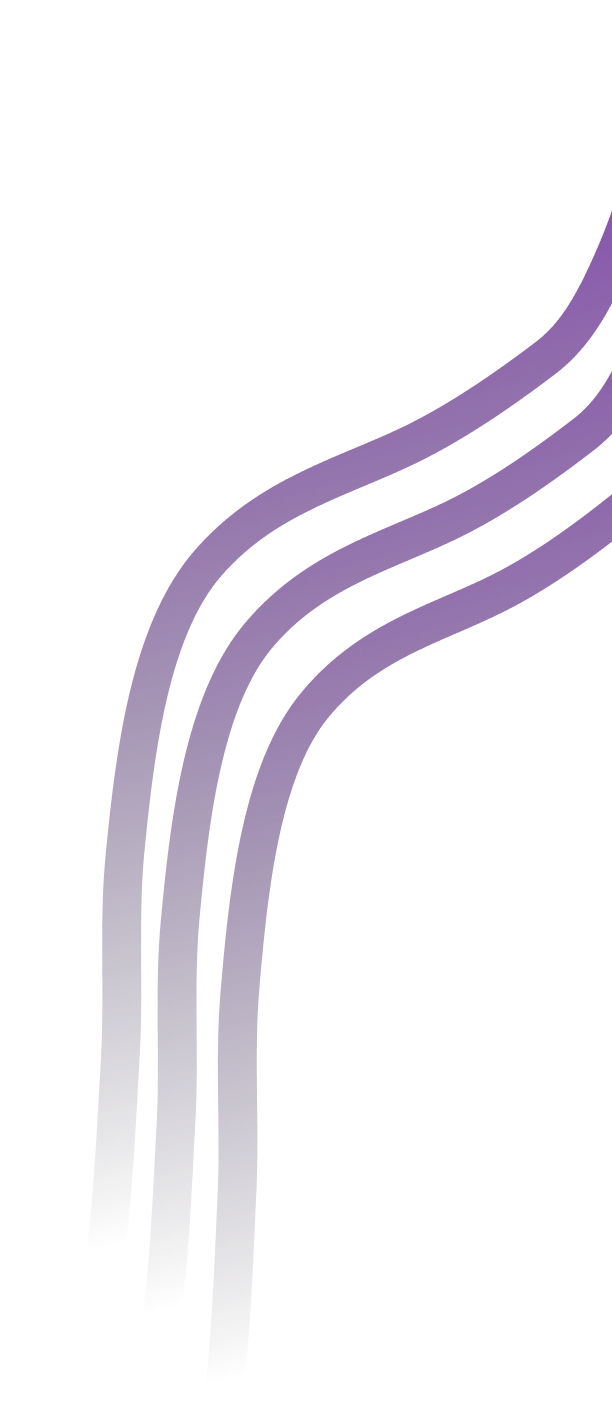Modern Privileged
Access Management
Prevent insider data leaks & protect your privileged accounts.
Privileged Access Management
In the ever-evolving landscape of cybersecurity, organizations face constant threats from malicious actors seeking unauthorized access to sensitive information. To counter these threats, modern businesses are turning to Privileged Access Management (PAM) as a critical component of their security architecture.
PAM empowers organizations to monitor, detect, and prevent unauthorized privileged access to their most vital resources, ensuring that only authorized users have access to critical systems and data. Continue reading to delve into the world of PAM, exploring how it works, its diverse use cases, best practices, and its overarching significance in the realm of cybersecurity.
Understanding Privileged Access Management (PAM)
At its core, Privileged Access Management (PAM) is an identity security solution that serves as a formidable defense against cyber threats. It accomplishes this by monitoring, detecting, and preventing unauthorized privileged access.
PAM operates through a synergy of processes, people, and technology, providing organizations with a clear view of who wields privileged accounts and what actions they perform while logged in. The overarching objective is to limit the number of users possessing access to administrative functions, thereby bolstering system security. Additional layers of protection work in tandem to mitigate data breaches orchestrated by threat actors.

The Inner Workings of PAM
A robust PAM solution begins by identifying the entities – be it individuals, processes, or technology – that necessitate privileged access. It then lays down specific policies that apply to these entities. It’s crucial for a PAM solution to support these policies through various means, including automated password management and multifactor authentication.
Furthermore, administrators should possess the capability to automate the account lifecycle management process, which includes creating, amending, and deleting accounts. Continuous session monitoring is also integral, allowing organizations to generate reports and swiftly identify and investigate any anomalies.
Diverse Use Cases of PAM
PAM is a versatile solution that finds application in various use cases, each contributing to bolstering an organization’s cybersecurity posture. Here are some primary use cases:
- Preventing Credential Theft: One of the most pervasive threats in the digital landscape is the theft of login credentials. Cybercriminals often resort to stealing these credentials to gain unauthorized access to user accounts. A robust PAM solution mitigates this risk by enforcing just-in-time and just-enough access, bolstered by multifactor authentication for administrative identities and accounts.
- Achieving Compliance: In the era of stringent data protection regulations, maintaining compliance is non-negotiable. PAM solutions enable organizations to adhere to these regulations by generating detailed reports on privileged user activities, essentially providing proof of compliance.
- User Lifecycle Management: Beyond safeguarding privileged access, PAM facilitates the automation of the user lifecycle management process, encompassing account creation, provisioning, and deprovisioning.
- Monitoring and Recording Privileged Accounts: The ability to continuously monitor and record privileged account activities is crucial for identifying any suspicious behavior that could compromise an organization’s security.
- Securing Remote Access: In an era where remote work is increasingly prevalent, securing remote access to critical systems is of paramount importance. PAM solutions provide encrypted gateways to ensure secure remote access, reducing reliance on traditional password-based access.
- Controlling Third-Party Access: Organizations frequently collaborate with third-party vendors who require access to certain systems. PAM solutions facilitate controlled access for these external entities, ensuring the security of the organization’s resources.
Types of Privileged Accounts
Privileged accounts come in various forms, each serving a distinct role within an organization’s IT infrastructure:
- Super User Accounts: These accounts grant administrators unrestricted access to files, directories, and resources, allowing them to perform critical system tasks.
- Domain Administrator Accounts: The highest level of control in a system, domain administrator accounts have access to all workstations and servers within a domain, controlling system configurations and admin accounts.
- Local Administrator Accounts: Local administrator accounts have administrative control over specific servers or workstations, often created for maintenance purposes.
- Application Administrator Accounts: Application administrator accounts provide full access to specific applications and the data stored within them.
- Service Accounts: These accounts facilitate secure interactions between applications and the operating system.
- Business Privileged User Accounts: Business privileged user accounts hold high-level privileges based on job responsibilities.
- Emergency Accounts: Designed for disaster recovery, emergency accounts offer unprivileged users administrative access to secure systems in case of a crisis.
Best Practices in Privileged Access Management
Implementing PAM effectively requires adhering to best practices to enhance security and mitigate risks. Here are some crucial best practices to keep in mind:
- Require Multifactor Authentication: Enhance security by requiring multifactor authentication, adding an additional layer of identity verification for users accessing accounts or applications.
- Automate Security: Automate security processes to reduce the risk of human error and increase efficiency. Automated privilege restriction and the prevention of unauthorized actions are particularly essential when threats are detected.
- Remove End-Point Users: Identify and eliminate unnecessary end-point users from local admin groups on IT Windows workstations. This reduces the risk of threat actors using admin accounts as stepping stones for lateral movement within the network.
- Establish Baselines and Monitor Deviations: Regularly audit privileged access activity to understand legitimate behavior. This knowledge helps identify deviations that could compromise system security.
- Provide Just-in-Time Access: Apply the principle of least privilege by granting minimal access and elevating privileges only when necessary. This segmentation of systems and networks based on trust, needs, and privileges enhances security.
- Avoid Perpetual Privileged Access: Instead of perpetual privileged access, consider temporary just-in-time and just-enough access. This ensures that users have valid reasons for elevated access and only for the duration required.
- Use Activity-Based Access Control: Grant privileges based on a person’s past activity and usage. This approach narrows the gap between privileges granted and privileges used, reducing the potential attack surface.
The Growing Complexity of Managing Privileged Access
As organizations scale their infrastructure, managing privileged access becomes increasingly complex. Each new user, device, application, or third-party vendor introduces a new potential attack vector. Without a comprehensive privileged access management solution, companies risk uncontrolled privilege sprawl and shadow administrative rights that go undetected.
Effective privileged access management (PAM) ensures that only users who genuinely require privileged access are granted it—and only for as long as necessary. Adopting the principle of least privilege is critical to reducing the attack surface and preventing unauthorized access to sensitive systems and critical resources.
Why Privileged Accounts Pose a Significant Risk
Privileged accounts—including those held by system administrators, service accounts, and privileged business users—represent one of the most attractive targets for cybercriminals. If attackers gain access to these accounts, they can move laterally, escalate privileges, or exfiltrate sensitive data undetected.
That’s why it’s essential to monitor privileged accounts, apply privileged session management, and tightly control elevated access rights. Organizations must be equipped to continuously monitor privileged sessions, log actions, and intervene when unusual behaviors arise.
Privileged Identity Management: A Strategic Layer
While PAM focuses on controlling and auditing privileged access rights, privileged identity management (PIM) brings a broader identity-based approach. PIM complements PAM by managing the lifecycle of privileged identities, ensuring accounts are provisioned, reviewed, and revoked based on policy and role-based access control (RBAC).
Implementing both PAM and PIM allows organizations to control access dynamically and automatically—drastically improving response times during security incidents or audits while simplifying compliance requirements.
Secure Access Through Granular Controls
Modern PAM platforms provide organizations with secure access to sensitive resources through encrypted gateways and dynamic access policies. By segmenting infrastructure and implementing just-in-time access grants, organizations can protect privileged accounts while allowing work to continue securely.
These solutions integrate features such as:
Multi factor authentication
Role based access control
Session recording and alerting
Secure vaults for privileged credentials
Centralized password management
Together, these controls ensure users don’t retain elevated permissions longer than necessary and only perform administrative tasks that align with their current role.
Monitoring Privileged Access in Real Time
Modern threats demand real-time capabilities. PAM tools today are expected to continuously monitor privileged access and record privileged sessions for post-event forensics. Session metadata, keystroke logging, and video recordings provide insights into what privileged users are doing inside your environment.
By integrating with SIEM platforms, organizations gain unified visibility across all endpoints, allowing for the correlation of behaviors and faster detection of anomalies.
How Privileged Access Management Works with AI
One of the most promising evolutions in PAM is the use of AI to analyze and model normal behaviors. AI-enhanced privileged access management solutions can detect deviations in access patterns and flag significant risk behaviors like unusual times of access, geographic anomalies, or unapproved privileged account access.
When implemented correctly, AI capabilities help organizations not only monitor privileged accounts but also predict and prevent potential security risks before they escalate into data breaches.
Common Challenges in Implementing Privileged Access Management
To implement privileged access management effectively, businesses must overcome:
Lack of visibility into privileged identities
Complex onboarding of third-party users and remote access
Inconsistent password management policies
Resistance from users accustomed to unrestricted access
Fragmented legacy infrastructure that doesn’t support unified controls
Addressing these issues requires not just technology but a shift in culture and processes. PAM implementation should be gradual, aligned with internal capabilities and compliance requirements.
Protecting Sensitive Data Across the Organization
Whether you’re securing sensitive data stored in databases, accessed via SaaS platforms, or manipulated by DevOps pipelines, controlling privileged access is a non-negotiable component of risk mitigation. PAM plays a pivotal role in protecting sensitive data by restricting privileged credentials from being reused or shared across users.
Moreover, by storing privileged account passwords in a secure vault and rotating them automatically, organizations reduce the risk of leaked or reused credentials.
Privileged Access Refers to More Than Just Admins
It’s a misconception that privileged access refers only to IT administrators. Today’s business landscape includes:
Privileged business users with access to financial data
Third-party vendors requiring temporary elevated access rights
Automated service accounts accessing backend APIs
Cloud workloads requiring secure privileged access to configurations
This expansion in account types makes it crucial to deploy unified PAM controls that apply across human and non-human identities.
Key Capabilities to Look for in a PAM Platform
To properly secure your infrastructure, your PAM platform should support:







Organizations that fail to deploy these capabilities risk falling short of audit requirements—and open the door to exploit privileged accounts through insider threats or malware.
A Unified Approach to Privileged Access
Rather than treating PAM as a bolt-on tool, security leaders should view it as an essential pillar of their access management strategy. PAM works best when it integrates with:
Identity and access management (IAM) platforms
Zero trust frameworks
Endpoint detection and response (EDR) tools
Ticketing and ITSM platforms
Cloud-native security tools
This cohesive approach allows businesses to gain access insights across their infrastructure, maintain better control over privileged credentials, and reduce time-to-remediation for security incidents.
The Significance of Privileged Access Management
In an age where humans often serve as the weakest link in cybersecurity, privileged accounts represent a significant risk to organizations. PAM equips security teams with the means to identify malicious activities stemming from privilege abuse and take prompt action to remediate the risk. A well-implemented PAM solution ensures that employees possess only the necessary levels of access to fulfill their job responsibilities.
In addition to identifying and addressing privilege abuse-related malicious activities, a PAM solution helps organizations:
- Minimize Security Breach Potential: If a breach does occur, PAM limits its reach within the system.
- Reduce Threat Actor Entry Points: Limiting privileges for individuals, processes, and applications safeguards against internal and external threats.
- Prevent Malware Attacks: Removing excessive privileges curtails the spread of malware if it infiltrates the system.
- Facilitate Audit-Friendly Environments: PAM solutions offer comprehensive security and risk management strategies through activity logs that assist in monitoring and detecting suspicious activity.
Implementing PAM Security
Getting started with Privileged Access Management entails a comprehensive plan that covers key areas:
- Full Visibility to Privileged Accounts: The PAM solution should provide complete visibility into all privileges utilized by human users and workloads. Once this visibility is established, default admin accounts should be eliminated, and the principle of least privilege should be applied.
- Govern and Control Privileged Access: Maintaining control over privileged access and staying up-to-date on privilege elevation is essential to prevent privileges from spiraling out of control.
- Monitor and Audit Privileged Activities: Institute policies that outline legitimate behaviors for privileged users and identify actions that violate these policies.
- Automate PAM Solutions: Automation is pivotal to efficiently scale PAM solutions across a multitude of privileged accounts, users, and assets. Automating discovery, management, and monitoring reduces administrative overhead and complexity.
Depending on an organization’s IT department, the PAM solution can be gradually integrated to support more extensive functionality. Consider security control recommendations to meet specific compliance regulations. Integration with a Security Information and Event Management (SIEM) solution can further enhance security and threat detection capabilities.
Explore Innovative
PAM Solutions

Mitigate Insider Attacks
Secure privileged accounts and grant access to resources with dynamic policies.

Professional Audit System
Monitor all activities and meet the security requirements and compliance management solution.

Manage Passwords
Secure and control privileged accounts with automated password changers and secret managers.






